The History of the Universe: The Big Bang and Beyond [Infographic]
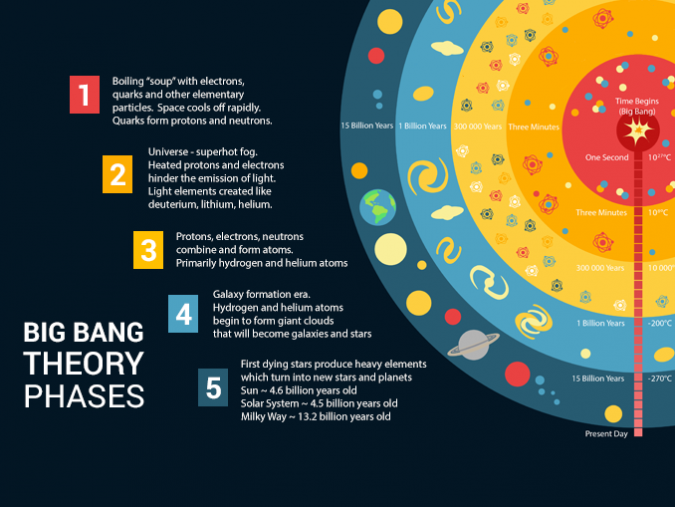
The History of the Universe
Despite its complexity, the universe is made up of just three ingredients:
- MATTER: Matter is all around us. It’s dust, gas, liquids, and rocks made of mass.
- ENERGY: Energy is what you feel from sunlight. And in space, stars release vast amounts of energy.
- SPACE: Space is not emptiness. It has properties. For example, it can bend, curve, ripple, and expand.
When Albert Einstein built his famous equation e=mc2, he showed that matter and energy are basically the same things.
So if energy and mass are tied to each other, where did it all come from? The answer is: that we made it all up from an event called the Big Bang!
But like any good theory, it has rules. It follows a set of steps. And there’s some good proof floating around the universe. More on this later.
Singularity, the Big Bang, and Quarks
The universe used to be the size of your fist
It’s mind-boggling to think of taking the sun and cramming it down into a grain of sand. But it’s not only the sun. You have to take every galaxy, star, and planet in the universe.
If you rewind the clock to 13.7 billion years ago, all mass was tightly condensed to a singularity. All the math, chemistry, and physics we use today can’t even explain how this is possible. All we can do is speculate on its existence.
Woosh! The Big Bang
The entire universe was infinitely small and dense. It started as a singularity and nothing was there. Then, whoosh! The Big Bang thrusts energy outwards and the universe undergoes rapid inflation and expansion.
Albert Einstein’s theory of special relativity (e = mc2) states that energy can get turned into matter. Essentially, matter and energy are two sides of the same coin. Energy turns into matter. Then, matter is converted into quarks, the smallest subdivision of matter. This sets the stage for the first hydrogen and helium atoms.
Era of atoms
The universe started as quarks, electrons, and elementary particles in ultra-hot plasma. At 1032K, it was hot enough to keep quarks apart. But as the universe cooled to 3000K, quarks became the building blocks for protons and neutrons in a nucleus.
As it continued to cool, eventually hydrogen and helium atoms formed. At 300,000 years old, no light could escape because it was so dense. But when the universe hot 380,000 years in age, it marked the first time in the history of the universe that light could escape. This light is the cosmic microwave background radiation that we still view today.

Universe Expansion and Redshift
Universe expansion
Universe expansion means that all matter in space is increasing in distance between each other. But it’s more than that. We’re talking about physical space expanding after the Big Bang. Remember that space is not emptiness. It has properties.
For example, it can bend, curve, ripple, and expand. So the start of the universe was once an infinitely small point. It’s expanded to what we see today. So a photon that started traveling 13 billion years ago moves at the speed of light. But it gets stretched because it’s the physical space in the universe that’s expanding.
The Doppler effect
If a car honks its horn and gets closer to you, the pitch sounds higher. When it travels away, the pitch sounds lower. The Doppler effect depends on moving objects. When the car is moving towards you, it emits more sound at a closer location each time.
These sound waves build up onto each other creating a smaller wavelength. So this is why it sounds like a high pitch. But when the car moves away, every time it emits sound it’s farther away. It causes the waves to spread further apart when they arrive at you. You hear this as a lower pitch sound. This same phenomenon happens in stars called “redshift”.
Redshift in stars

It’s the same concept for stars with redshift. If the star is moving away from you, it emits more light at a further location. So it shifts the light into a lower frequency known as the “redshift”. But when stars are moving closer, it makes shorter wavelengths. It shifts the light into a higher frequency known as “blue shift”.
Redshift is what’s happening in our universe. This is how we know that it’s expanding. But it doesn’t seem to expand from any single point. It’s expanding outward everywhere which gives even more support to the Big Bang.
Cosmic Microwave Background
Cosmic microwave background (CMB)
If you put out a radio antenna, you’d see constant radio waves from every point in the universe. These photons were uniformly emitted as the cosmic microwave background radiation. They started traveling 13.7 billion years ago which is the earliest radiation that we can detect.
But the source is moving away from us because the universe is expanding. That means the source isn’t emitting microwave radiation. At the source, it’s actually plasma that’s being red-shifted. The cosmic microwave background is 45 billion light-years away. We can’t see any light from times prior to this because the universe was opaque with plasma.
The universe temperature map
Your eyes can’t see the CMB. But antennas like the Planck satellite can pick up these faint microwave signals. The CMB temperature maps don’t contain photons emitted by stars. It only represents the residual photons from when the universe when it was 300,000 years old.
On average, the CMB temperature is -273.15 degrees Celsius. This means only microwave antennas can pick up the frequency. According to the theory, CMB radiation should appear the same everywhere. Because there’s temperature variation on the map, there are still some anomalies in the universe.
The biggest clue of the Big Bang
Because it’s the earliest glimpse of the universe we have, the CMB is important for a few reasons. The CMB is a clear indication the universe was once infinitely dense and underwent rapid inflation. By observing how the CMB is equally redshifted in all directions, it matches exactly what the Big Bang model predicts.
This means that the very early universe was very homogeneous. This is very different from the present universe, where matter is clumped into galaxies and stars. It’s also so large that we cannot see the edge of the universe – if one exists.
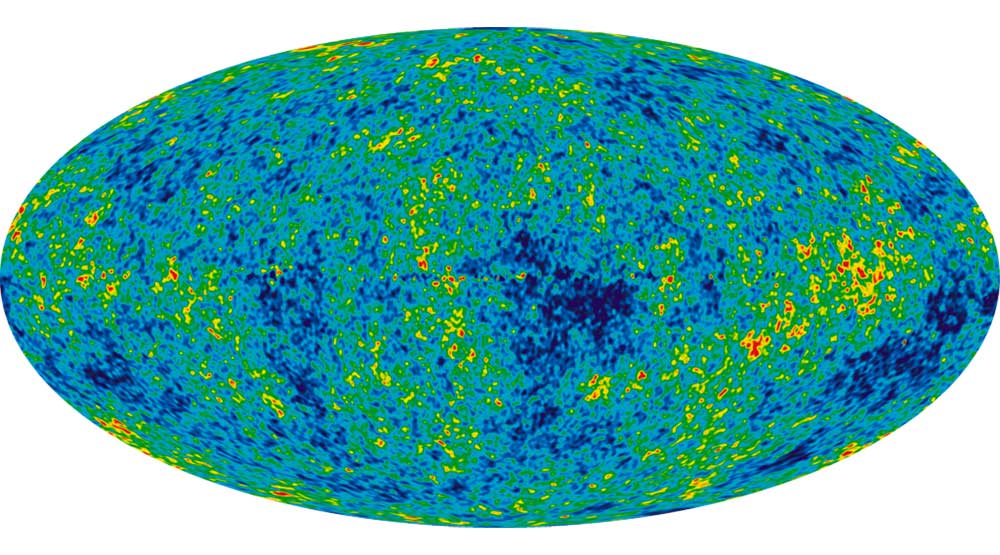
Stars, Galaxies, and Supernovas
Era of stars
As early as 200 million years old, the first stars formed. The early universe was mainly hydrogen and helium. If you look at our sun, it consists of mainly these two elements. They form from large clouds of dust and gas which collapse and break down.
Sir Isaac Newton states that the force of gravity pulls into a core. As time goes on, the expanding cloud of hydrogen gas bundles together to build stars. These stars start rotating and become part of our Milky Way galaxy.
Era of galaxies

After 1 billion years, galaxies finally form. Stars are the building blocks for galaxies. As more stars bundle together, we have stars attracting other ones. This forms new galaxies, which are just groups of stars. Most stars are at the center of the galaxy with few at the outer edges.
Galaxies tend to flatten out as they rotate. Even the Earth is longer on the rotational axis due to its rotation. We classify galaxies using the Hubble Galaxy Classification scheme. For example, there are spiral, elliptical, and irregularly shaped galaxies.
Dying stars and supernovas
Stars are massive balls of burning gas emitting light and heat. Over millions of years, stars can run out of fuel and burn out. But there are some types of stars that turn into supernovas. Supernovas collapse in a matter of seconds and release a tremendous amount of energy.
After they explode, it’s so massive that the energy can be seen right across the galaxy. These explosions are like factories building heavier elements such as uranium and gold. Whereas from a dying red dwarf and larger, we obtain elements ranging from carbon, oxygen, and iron.
The first supernova is estimated at 10.5 billion years ago. Pieces of these exploding stars have been incorporated into our planet and even our bodies.
The Story About Us
Our solar system
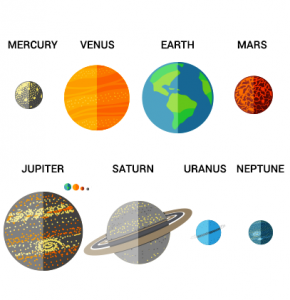
If you want to build a planet, you’re going to need a star. Dying stars are atom factories because they make carbon, iron, and nickel when they are fully exhausted. All this matter is pulled together by gravity.
For Earth to exist, there must’ve been a star that died. If you look deep inside Earth, its core is mostly iron and nickel. And these elements could have only come from the death of a star. It could have even incorporated matter from other supernovae. If you slice any planet, it has layers. Whereas protoplanets are homogenous.
Outwards from the star, they become less dense and made of frozen ice. For example, our solar system has 9 known planets. Mercury, Venus, Earth, and Mars are the densest. We live in one of the spiral arms of the Milky Way.
Supernova is in our blood
If you look at the human body, 60% is hydrogen and oxygen. Hydrogen has been around since the Big Bang. So that means that most of the atoms in your body came from the Big Bang.
That would put you at about 13.7 billion years old. If you take a closer look at the blood circulating in your body, it has elements like magnesium and iron. These were built from the dying stage of a star or supernovas. So that means that your body is made of remnants of exploding supernova.
Some stars you see don’t exist anymore
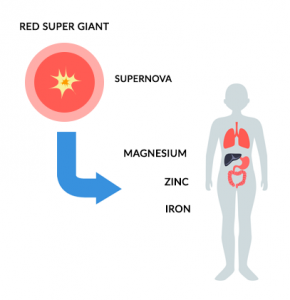
Light is the fastest thing we know moving at a speed of 300,000 km/s. Despite traveling at the speed of light, it takes 8 minutes and 20 seconds for sunlight to reach us. Note, imagine a star further away. For some stars in the night sky, you’re seeing light that has traveled millions or billions of years to reach us.
Just like us, stars have life spans. So the star that emitted the light may not even exist at the time you see it. For stars that are visible to the human eye, chances are they still exist. But for galaxies millions or billions of light-years away, they’re long gone.
The Big Bang Timeline
The history of the universe
How do we know how old the universe is? We know the universe is about 13.7 billion years old because we see it expand. We look at the furthest stars and extrapolate them back to the zero point (Big Bang) based on how fast it is expanding.
The first seconds
- 13.7 billion years ago: Big Bang
- At 10-34 seconds: The universe undergoes rapid inflationary expansion. Because the universe expanded faster than the speed of light, the light from those parts of the universe can never catch up to us. At this point, there was only intense energy and no particles.
- At 10-32 seconds: The first subatomic particles that made matter started forming.
- From 10-11 seconds: Four forces of the universe are entirely separated.
- At 10-5 seconds: The first protons and neutrons form. Temperature drops. But it’s still too hot for stable atoms to form.
- At 1 second: The first electrons form with the Big Bang now 3-light years in size.
- From 3 minutes: First stable atoms with a nucleus and electrons. Temperature becomes 100K.
The first stars
- 13.6 billion years ago: First star (Methuselah)
- 13.5 billion years ago: First black hole
- 13.2 billion years ago: First galaxy
- 12.7 billion years ago: Milky Way forms
- 6.8 billion years ago: Milky Way galaxy arms start spiraling
- 6.0 billion years ago: Alpha Centauri forms
- 5.5 billion years ago: Milky Way becomes a spiral galaxy
- 4.6 billion years ago: Our sun
- 4.5 billion years ago: Our solar system
- 4.5 billion years ago: Earth forms
If you want to know what happens next, you should check out our timeline of Earth’s geological history and events.

The History of the Universe
The history of the universe is almost unfathomable. The universe is an ever-expanding, chaotic and mysterious place.
From the Big Bang to the formation of our Solar System, we have been trying to understand more about it ever since.
Alternatively, if you have any questions or comments, please use the comment form below to let us know what’s on your mind.

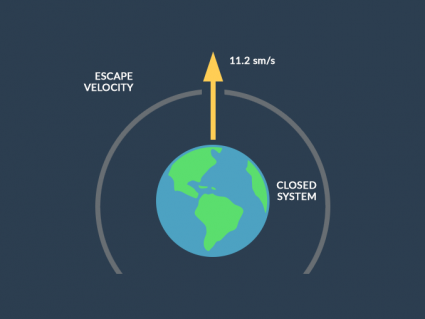
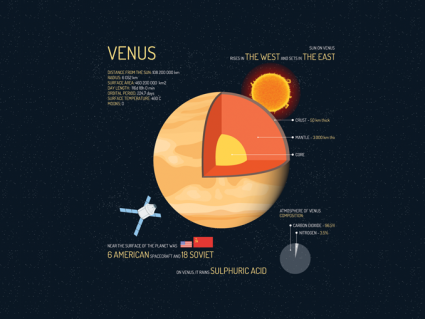
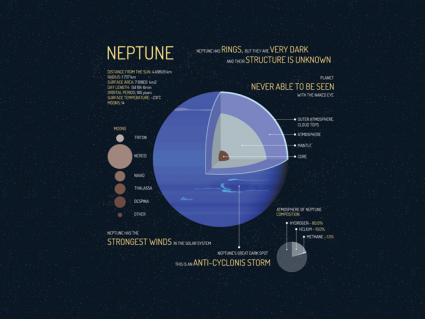
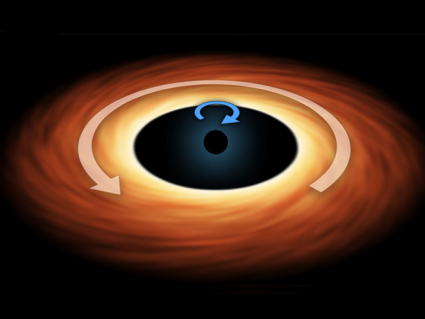
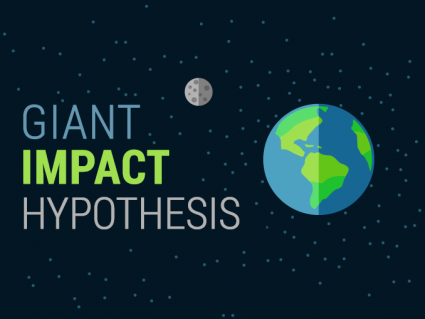
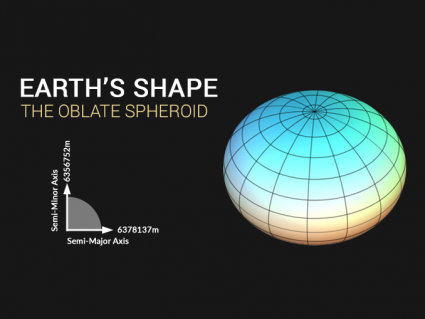
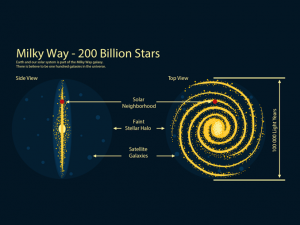
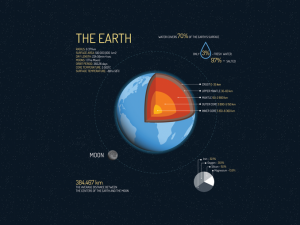

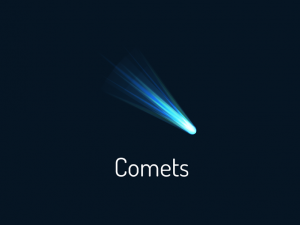




Why do stars in constellations remain in the same position relative to each other over millennia, if those same stars are moving away from each other and in different directions due to the Big Bang explosion?
I am confused by the Big Bang Theory Phases graphic.
Point two states: Universe – superhot fog. Heated protons and electrons hinder the emission of light. Light elements created like deuterium, lithium, helium atoms.
Point 3 states: Protons, electrons, neutrons combine and form atoms. Primarily hydrogen and helium atoms.
This sequence suggests that Du, Li, He atoms were created before protons, electrons and neutrons combined to create atoms.
i.e. 2 and 3 are mixed. Should read:
2. Protons, electrons and neutrons formed to create atoms.
3. Atoms fuse to create light elements.
I love this site as a student!
The big bang theory has major questions.
1. What was surrounding the “singularity” prior to the big bang?
2 What triggered the big bang?
3. What was there seconds prior to the big bang?
Who actually thought this one up? That theory is full of so many holes, it is laughable.
I like this theory better, it explains gravity.
https://web.archive.org/web/20030602190618/http://rauth.com:80/gravity.htm
It has always puzzled me about the expanding universe, exactly (or an educated guess) how fast are objects / matter moving away from the unknown center of the Big Bang? And so after a billion of years has the expansion slowed?
Well, this is what I seas If you put out a radio antenna, you’d see constant radio waves from every point in the universe. These photons were uniformly emitted as cosmic microwave background radiation. They started traveling 13.7 billion years ago which is the earliest radiation that we can detect.
But the source is moving away from us because the universe is expanding. That means the source isn’t emitting microwave radiation. At the source, it’s actually plasma that’s being red-shifted. The cosmic microwave background is 45 billion light-years away. We can’t see any light from times prior to this because the universe was opaque with plasma. The history of the universe is almost unfathomable. The universe is an ever-expanding, chaotic and mysterious place. From the Big Bang to the formation of our Solar System, we have been trying to understand more about it ever since.
Thanks. I fixed it.
Lorissa Anderson is correct. there is an error in the paragraph titled Redshift. in the 5th sentence, the author has incorrectly used “redshift” when in fact, it should be “Blueshift”.
Hi, I’m actually a student, and I’m very interested in this website and its uses.
Yes, you’re correct. Thank you.
Speed of light 300,000m/s ?
Or should that be 300,000km/s ?
I think your explanation of redshift is incorrect. Redshift is longer wavelengths from objects moving further away. maybe I’m reading what your wrote incorrectly? But is reads opposite.